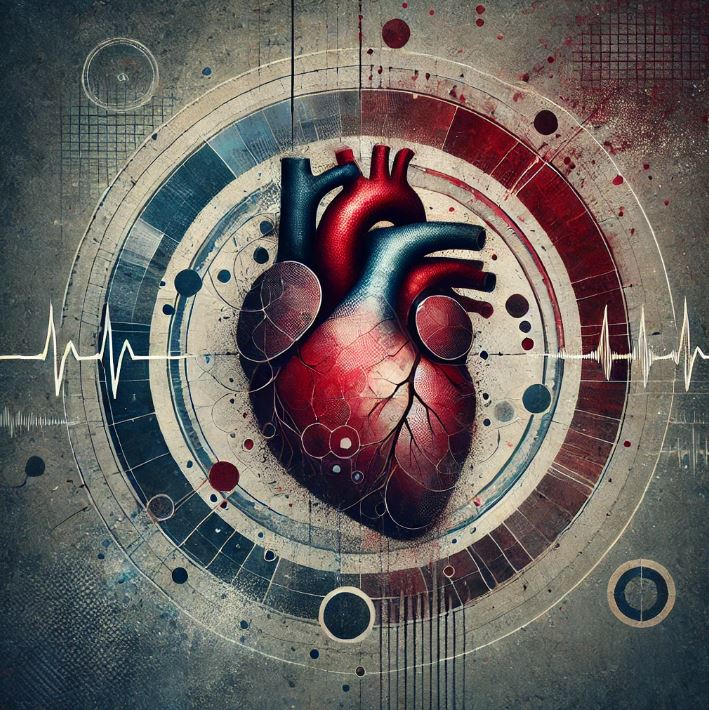How Does Radiotherapy Treat Advanced Prostate Cancer?
Radiotherapy can be used in various ways to treat prostate cancer that has spread beyond the prostate (advanced prostate cancer). It aims to destroy cancer cells and can be used:
- As part of the initial treatment for advanced prostate cancer.
- To improve symptoms in areas where the cancer has spread.
- To help manage bone pain and potentially prolong life in some men.
What Types of Radiotherapy are there for advanced prostate cancer?
- External Beam Radiotherapy (EBRT): High-energy X-rays target the cancer from outside the body.
- Internal Radiotherapy (Radium-223): Radioactive material targets cancer cells, particularly in the bones.
Initial Treatment for Advanced Prostate Cancer
External Beam Radiotherapy:
- Often combined with hormone therapy and sometimes chemotherapy.
- Not a cure but can help some men live longer.
- Suitable if the cancer has spread only to nearby lymph nodes, bones in the pelvis, or spine.
Radiotherapy to Improve Symptoms: Palliative Radiotherapy:
- Helps control symptoms where cancer has spread.
- Can relieve bone pain, which is common when prostate cancer spreads to the bones.
- Can also treat symptoms like blood in the urine, bowel problems, and kidney issues.
- Used for emergency conditions like metastatic spinal cord compression (MSCC).
What is the role of Internal Radiotherapy for Bone Pain?
Radium-223 (Xofigo®):
- Specifically targets prostate cancer that has spread to the bones and is causing pain.
- Helps some men live longer and reduces bone pain.
- Not suitable if the cancer has spread to organs like the liver or if there is significant cancer in lymph nodes.
How is the treatment planning and administration of radiotherapy done?
Planning:
- Conducted by a clinical oncologist or radiographer.
- May involve CT scans and small permanent marks on the skin to guide treatment.
Administration:
- For prostate cancer, EBRT is typically administered five days a week for four weeks or once a week for six weeks.
- For symptom relief, treatment might be a single dose or several smaller doses over a week or more.
- Requires careful positioning and possibly having an empty bowel and/or full bladder.
What are the common side effects of radiotherapy?
- Urinary problems: Frequent urination, burning sensation.
- Bowel problems: Diarrhoea, gas, frequent bowel movements.
- Pain: In the abdomen or back passage, blood in urine or stool.
- Skin issues: Soreness and redness, similar to sunburn.
- Sexual health: Erection or ejaculation problems, reduced semen production.
- Fertility: Risk of infertility, discuss sperm storage if concerned.
How do you prepare for radiotherapy treatment?
Pre-treatment phase:
- Kidney function tests and scans to determine cancer spread.
- Dental check-up to prevent jaw problems (osteonecrosis of the jaw).
- Guidance on bladder and bowel preparation.
During Treatment:
- Drink plenty of water before sessions to protect kidneys.
- Treatment sessions last around 10 minutes, and you can go home afterward.
Post-treatment:
- Regular follow-up appointments to monitor treatment effectiveness.
- Blood tests to measure PSA levels and check for side effects.
- Potential need for additional treatments if pain or symptoms return.
What are the advantages and disadvantages of radiotherapy?
Advantages:
- Can extend life and improve quality of life.
- Helps control pain and reduce the need for pain-relieving drugs.
- Non-invasive and allows the continuation of daily activities.
Disadvantages:
- Daily hospital visits for treatment can be inconvenient.
- Side effects may include pain, urinary, and bowel issues.
- Not all men experience pain relief or symptom control.


